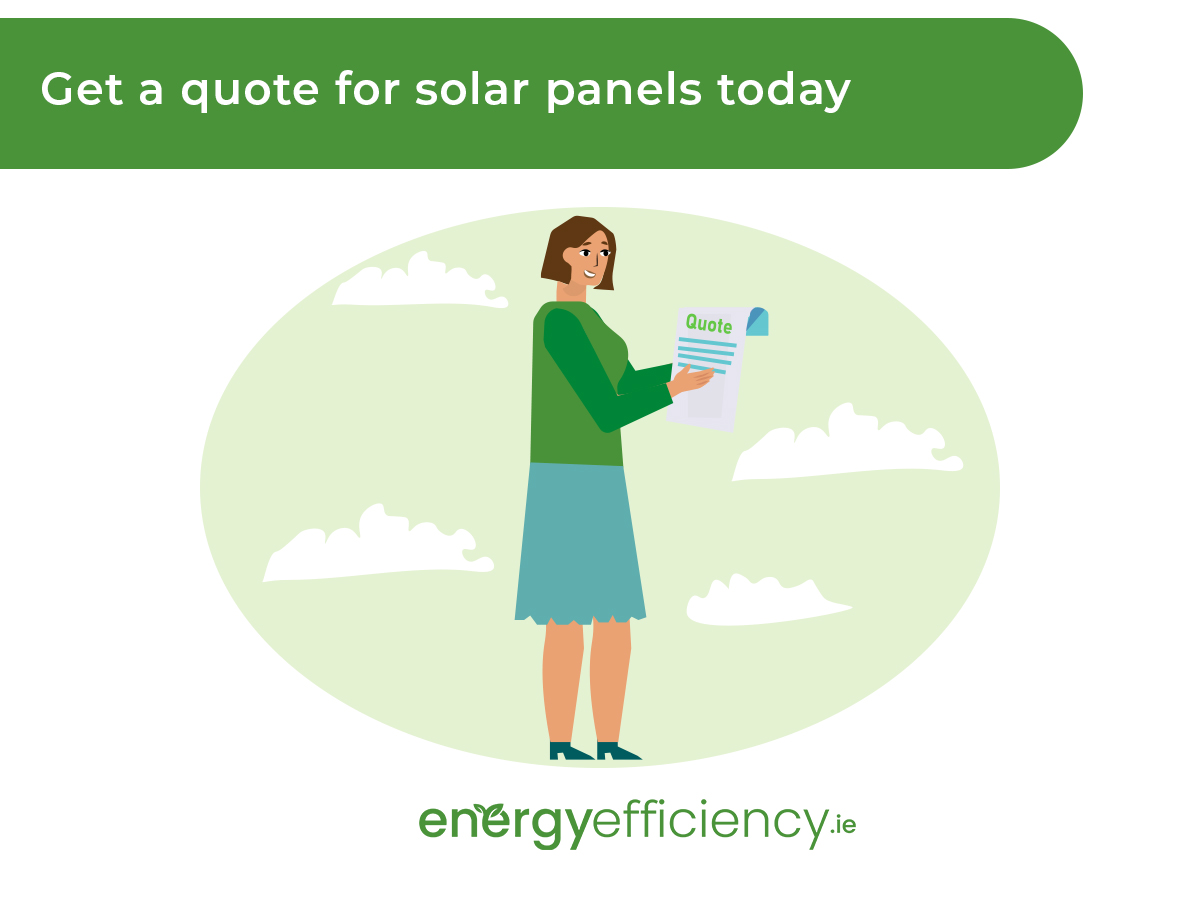Solar panels are becoming an increasingly popular choice for people who want to save money on their electricity bills and reduce their carbon footprint.
There are multiple components which make up any solar PV system, and among the most important are solar inverters. Solar inverters are power inverters which transform direct current (DC) from the panel into an accelerating current (AC) which can be used in the home.
Choosing the right solar inverter for your home is crucial as it serves as the central point of any system, connecting your solar panels without your electrical grid and other smart home elements.
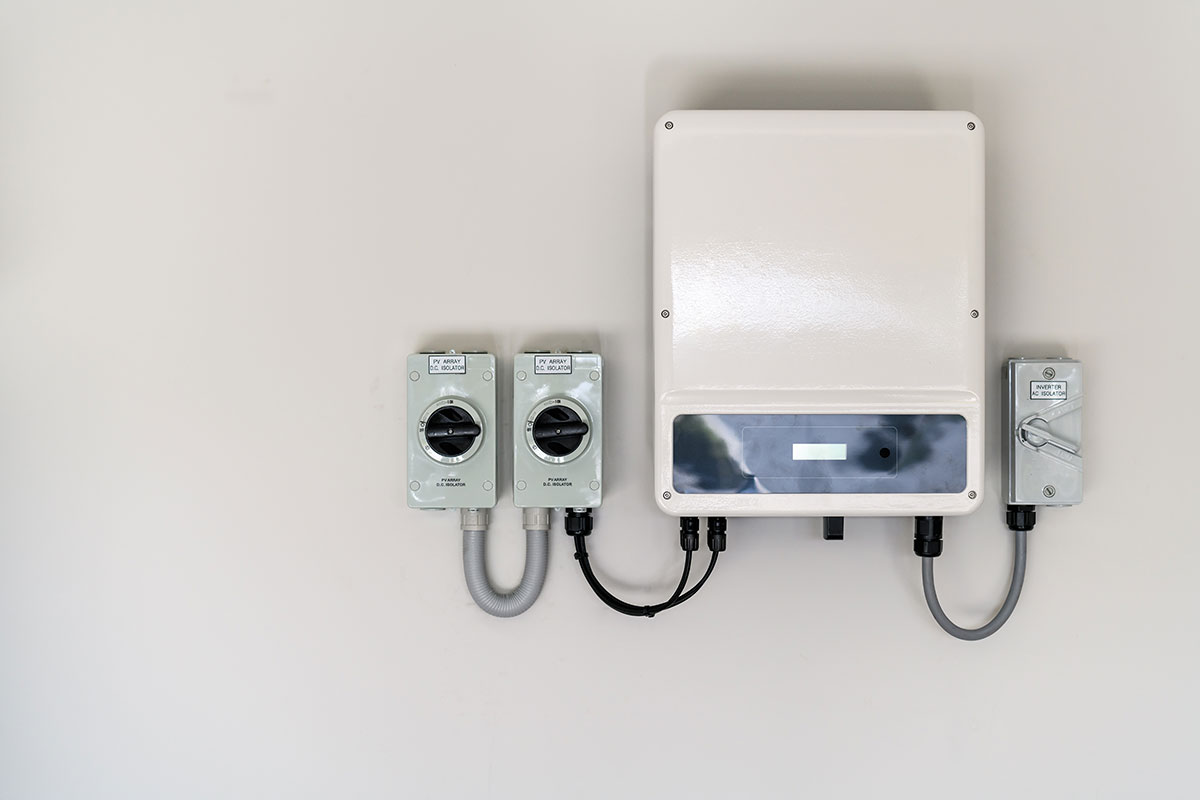
Table of Content
What Are Solar Inverters?
Solar inverters are the central nexus of any photovoltaic systems, sitting between the solar panels and the home power grid, as well as connecting with any other peripherals.
While the solar panels are responsible for the electricity produced, the job of solar inverters is to convert the renewable energy they create into something which can be used in your home.
How Solar Inverters Work
The electricity which is generated by solar PV panels as they work comes in the form of Direct Current (DC). However, the power which is used in our electrical grids takes the form of Alternating Current (AC).
The transformer in a solar inverter first lowers the voltage of the electricity made in the PV array, and then converts it to AC before sending on to your home grid.
Solar inverters also serve as a hub, allowing homeowners to connect battery storage systems to a PV array.
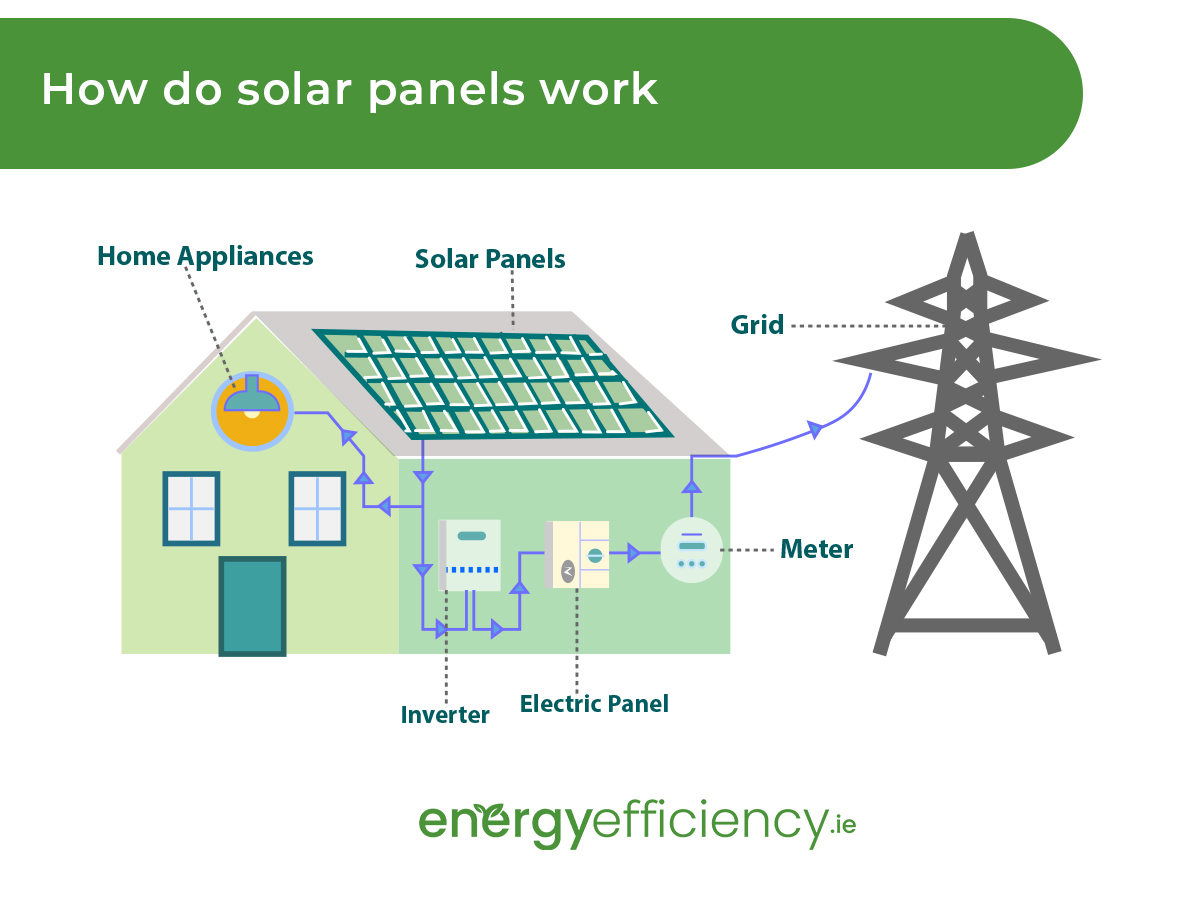
The Cost of Solar Inverters
Typically, the cost of a solar panel system, including the solar inverter, is included in a quote given by a solar panel installation company.
The solar inverter itself will generally cost in the region of €700 to 1,100.
Higher end solar inverters which can generate much more electricity can cost a lot more, such as central inverters, but these are not necessary for the average homeowner.
The average overall cost of a solar PV system in Ireland is between €4,000 and €16,000, including the solar inverter. But again, this can vary.
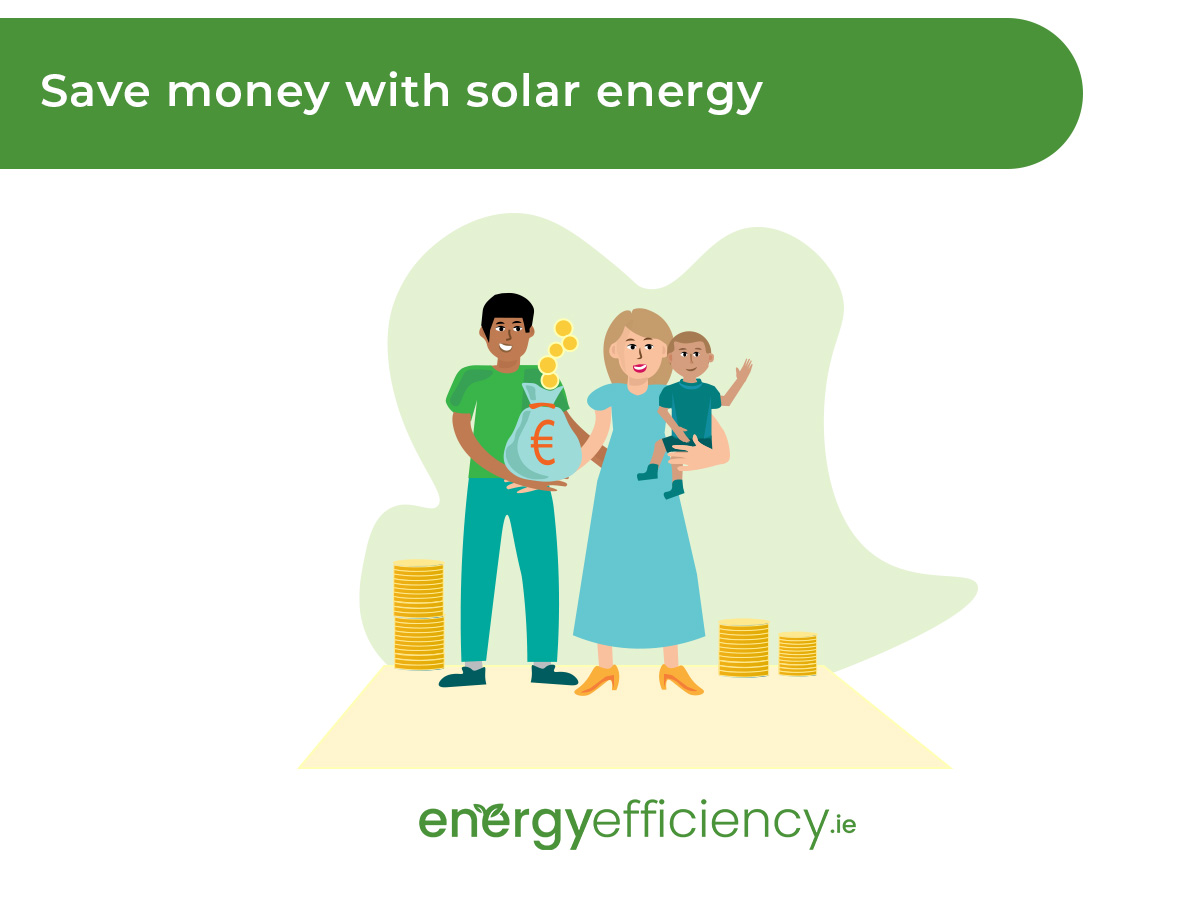
Types of solar panel Inverters
String Inverter
String inverters are the most common solar inverter for homeowners and have been around for many years. An array of solar panels are arranged into rows, or strings.
There is just one inverter installed for each string of solar panels, but multiple strings can be connected to the same solar string inverter.
A modern string inverter such as the Huawei SUN2000 is often paired with power optimisers attached to each solar panel to address and shortcomings which can come from having all the
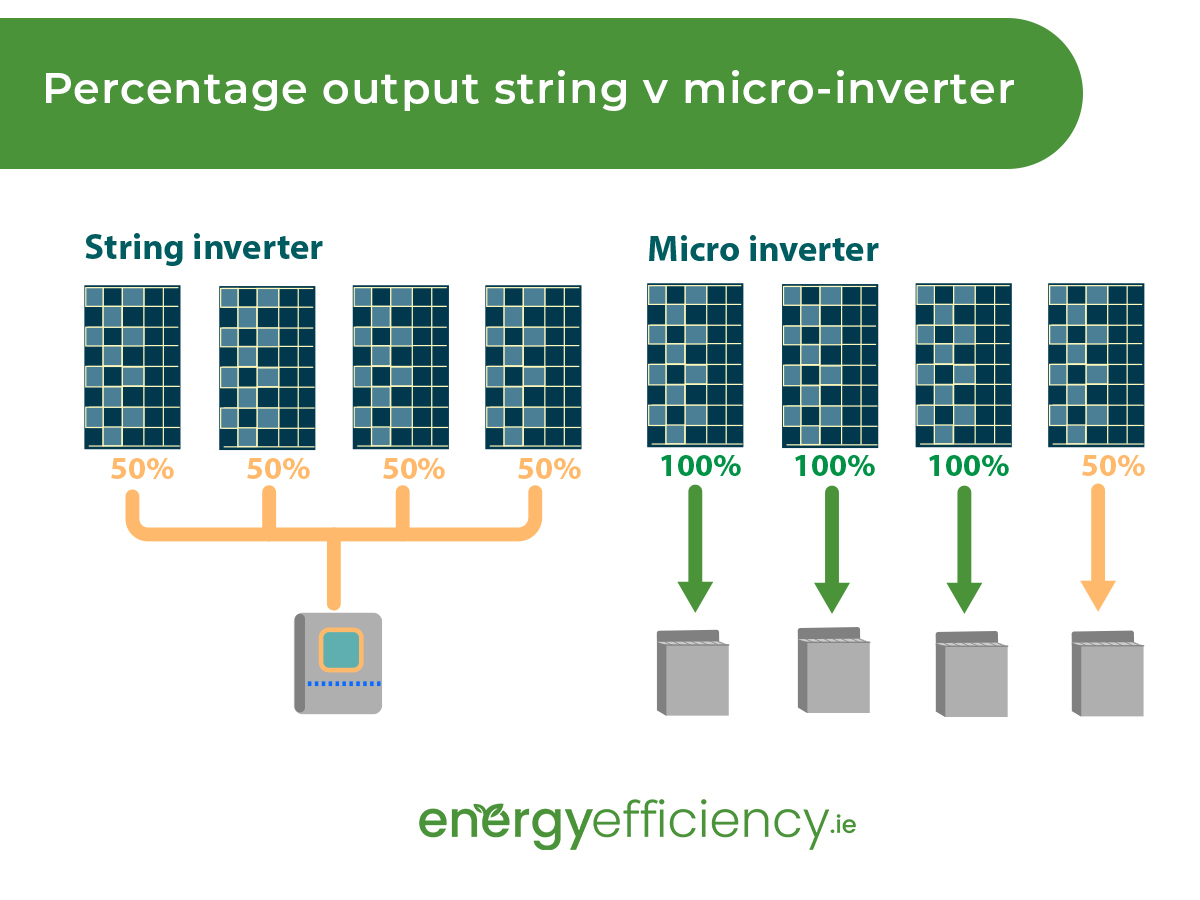
Hybrid Inverters
A hybrid inverter is in many ways similar to an older string inverter, and have replaced them among high-end systems. Just like a string inverter all of the solar panels feed into a single inverter.
What makes these solar inverters different is that they are designed to integrate with battery storage systems, allowing power to be fed directly from the inverter into the battery, and back into your home.
This is done through DC coupling to maximise efficiency, sending DC power from the PV array directly to the battery before the power is converted to alternating current.
Microinverters
Micro-inverters, as you might have guessed, are very small – not much bigger than the average mobile phone.
They have advantages and disadvantages over string inverters. Each solar panel requires its own microinverter which help optimise the power output from the entire array, without issues such as shading affecting them. They can also allow each panel to be monitored for its output and wellbeing.
However, Microinverters are typically more expensive than running a PV array through a single solar inverter.
Central Inverters
A central inverter is a large device, used for large-scale solar systems which need hundreds of kW of volume.
These aren’t used for residential properties where a homeowner merely wants enough electricity to power a home and sell surplus electricity back to the grid.
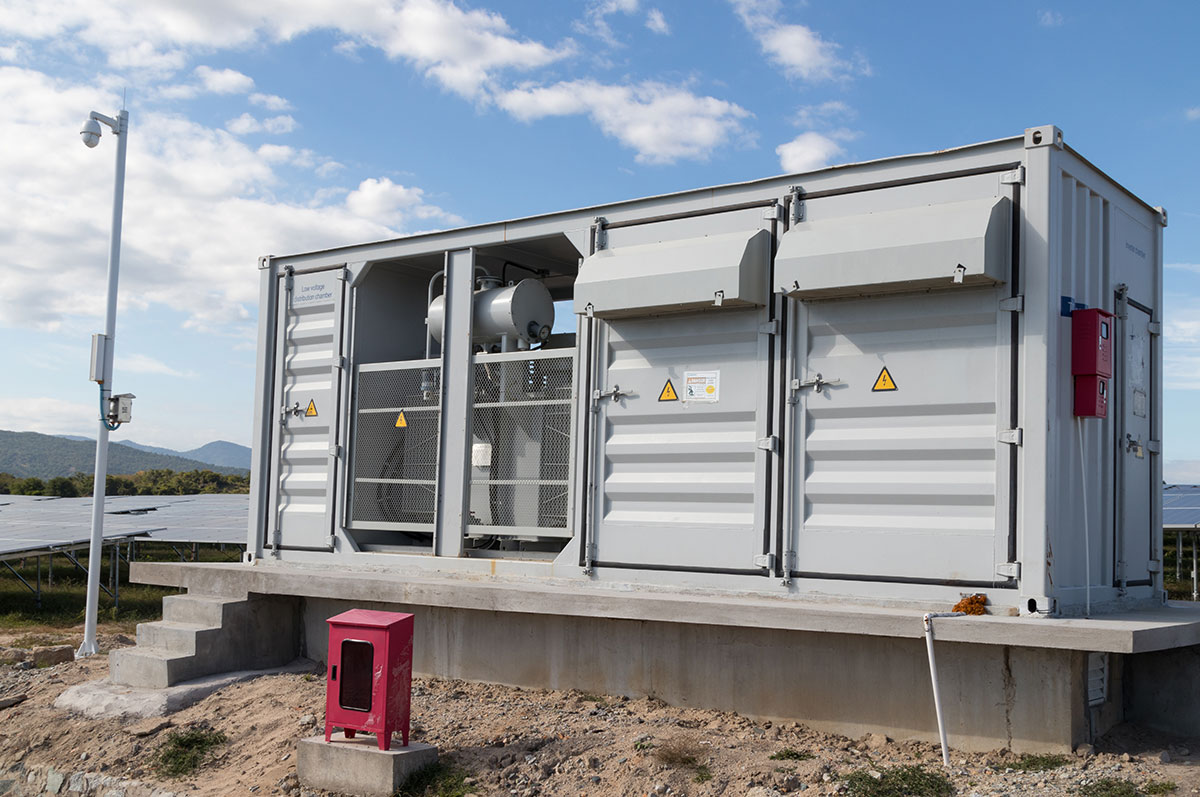
7 Years
A typical solar installation is fully paid back within 7 years. All solar panels we recommend are under warranty for 25 years, so you will enjoy at least 17 years of free energy generation.
0% VAT
As of 10 May 2023, the government has removed all VAT on solar installation and solar panel supply. This means solar has never been more affordable!
Government Grants
There is a range of government grants available for all new solar installations. Our team will guide you through the application process.
What makes a good solar inverter?
When looking at the various types of solar inverters, and choosing the right one for you, there are a few boxes that you can tick to ensure you are making the right decision.
But perhaps most important thing that will determine the inverter you choose will be its power – which will be directly linked to the number of solar panels that make up your PV system.
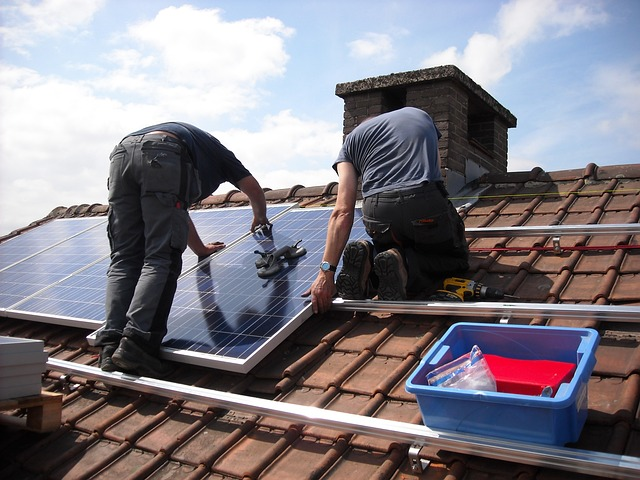
Choosing the Best Solar Inverter
Unfortunately, there is no straightforward answer to this question, as it will depend on your individual requirements, which can vary widely. There are a number of things which should be taken into consideration when choosing solar inverters.
When selecting it is very important that the power rating of a solar inverter is matched with the power output of your solar PV array. This is something which should be done by your installer.
It is also important to pick between a string inverter, hybrid inverter, or microinverters based on what else you might need. If you only have a grid-tied system then a string inverter should be sufficient. However, if you wish to benefit from solar battery storage for selling electricity, or an off-grid system, then hybrid inverters are the way to go.
When looking at solar inverters examine the specifications for the environmental protection they have. An IP65 protection rating means that the module is complete dust proof, and proof against light pressure water or liquids.
Are solar PV inverters weatherproof?
Whether a solar inverter is waterproof is something to keep in mind when considering which one to buy and where it will be installed.
In short, the more protected your inverter is from the elements, the longer it will last, and its increased longevity will afford you peace of mind in the for the years to come.
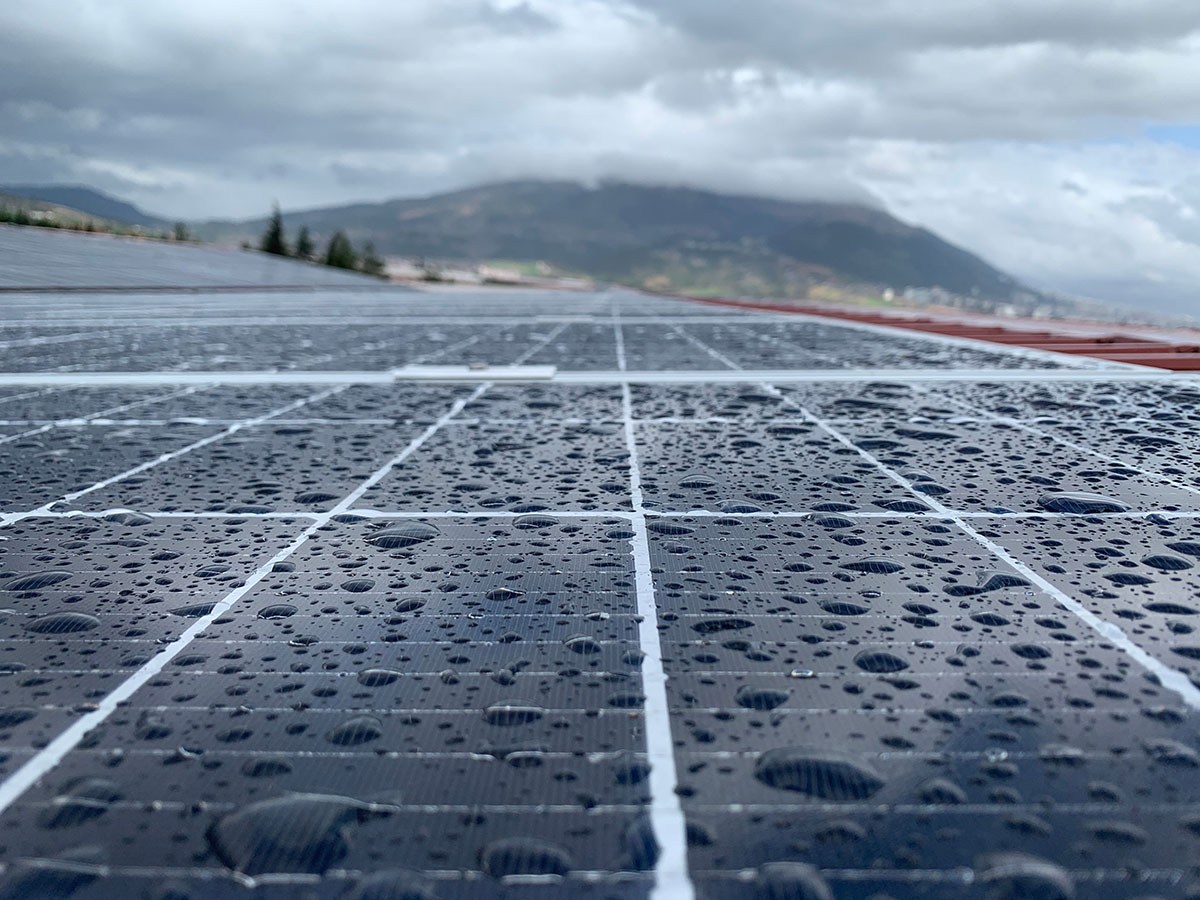
Displays on solar inverters
Before choosing an inverter, it might be a good idea to have a look at the solar inverter display to determine how much information is available on it.
The display is, simply, an LCD screen on the actual inverter.
Most inverters have a multi-function screen so that we have a better understanding about how the system works as well as its current status.
Best solar panel inverter
Again the best solar inverters for solar energy production will depend on an individual’s personal needs.
Some of the highest performing solar inverters are not only unnecessary for the average solar energy user, but they can also result in a higher upfront cost.
So the best inverter will likely be the one which can produce all the electricity you need, without being unnecessarily big that it drives up the costs and prolongs the solar payback period.
Where should an inverter be located?
The ideal location for your solar inverter is somewhere away from direct sunlight, and with good air ventilation.
Its location should also be easily accessible for the purposes of maintenance, and moisture resistant if possible.
Think of cool garages, sheds, and other darker locations, as direct sunlight will reduce the inverter’s lifespan.
That said, modern solar inverters are designed and tested in a wide range of environmental operating conditions, and can be suitable for both indoor and outdoor use.
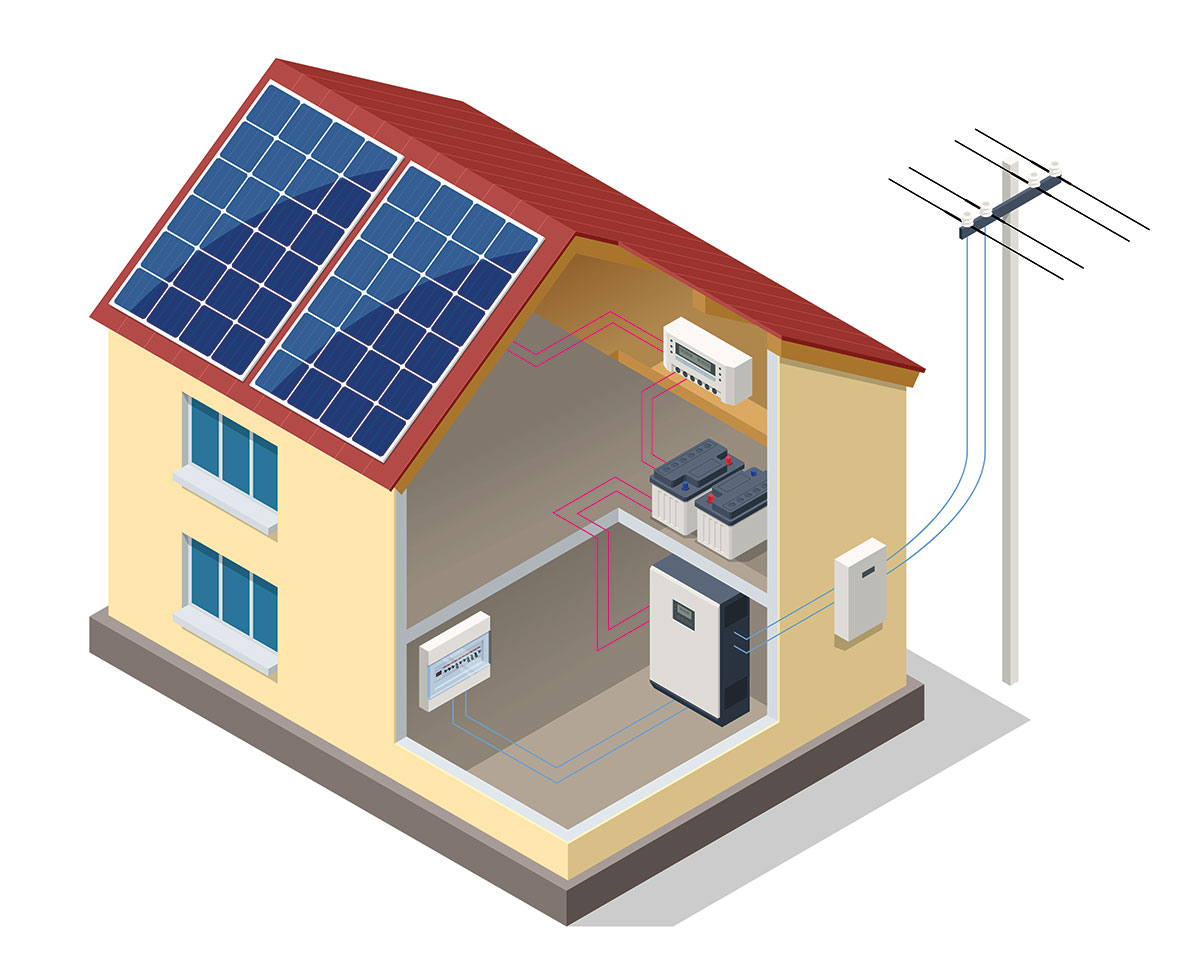
Off-grid Inverters
A hybrid inverter can also be used for solar power systems which are not connected to the electricity grid.
Solar panels produce electricity, all of which is used immediately in the property or is stored in a battery system for later usage.
These off-grid inverters, as their name suggests, cannot interact with the utility grid and they work independently. This means that excess electricity must be stored.
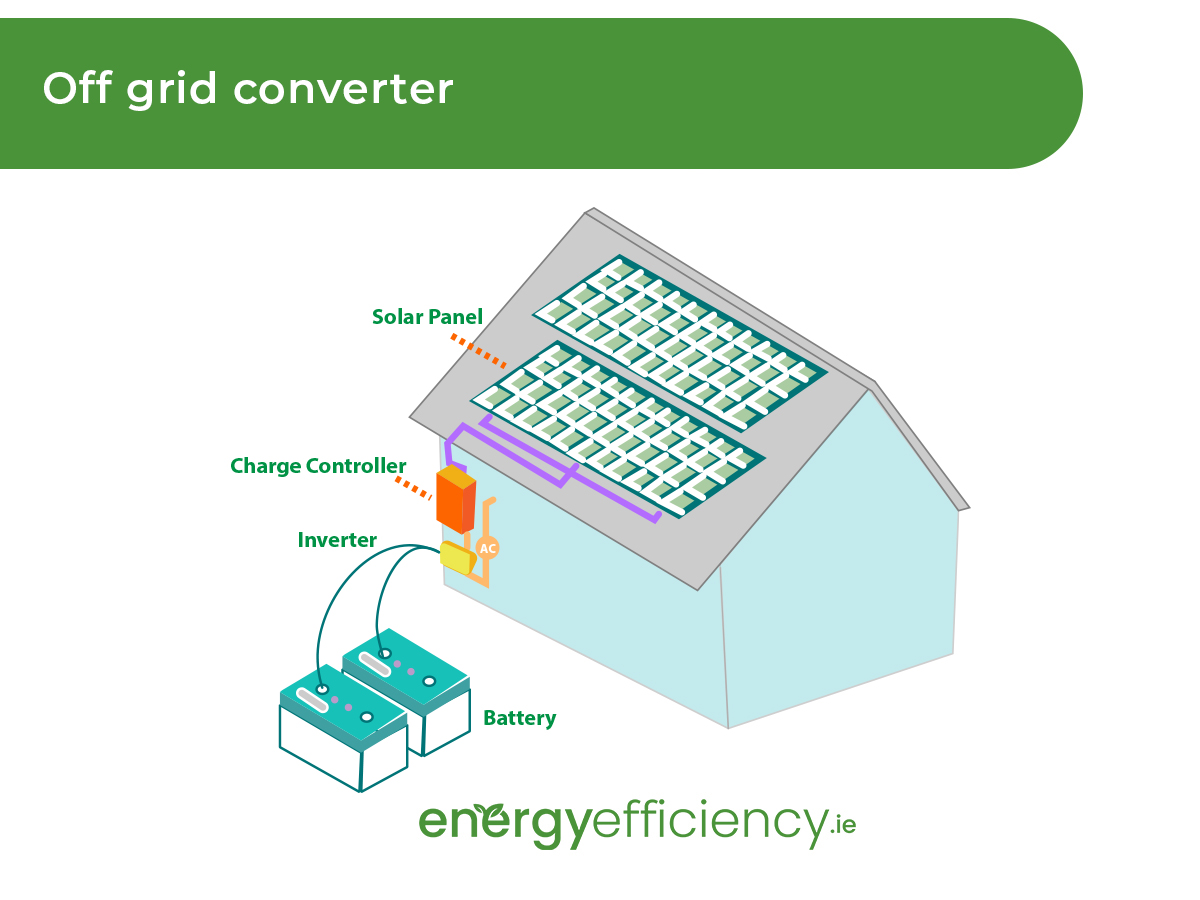
Other Components of a Solar PV System
Smart Meter
Smart meters are an upgrade on the old electricity meters, and they are being rolled out across Ireland by the ESB. They allow homeowners to gain a more accurate reading and also sell excess solar energy.
Smart meters provide a detailed breakdown on power consumption from the grid, and how much is sent back to the grid from a solar PV array. This allow people with solar panels to sell excess electricity back to the national grid.
Solar Battery Storage
A home energy storage battery, also referred to as solar batteries for our purposes, is a simple concept. They store excess electricity generated by solar PV panels in a battery so that it can be used at a later time.
Whether Lithium-Ion or Lead-Acid, solar storage batteries are simply systems can store a significant amount of electricity.
Solar energy storage systems like batteries ensure that none of the electricity being generated by your solar PV system goes to waste.
Other advantages of solar inverters
The main and most obvious advantage of having a good quality solar inverter is that without it, your PV panels wouldn’t produce AC electricity which is needed to power a home or business.
But solar thermal panels don’t produce AC power, and a solar PV inverter is not necessary.
The main advantage of inverters is that they are connected to solar photovoltaic (PV) panels, which have the capability of producing free, green electricity.
This is one of the main ways we can drastically reduce our carbon footprint, and transition towards a green future.
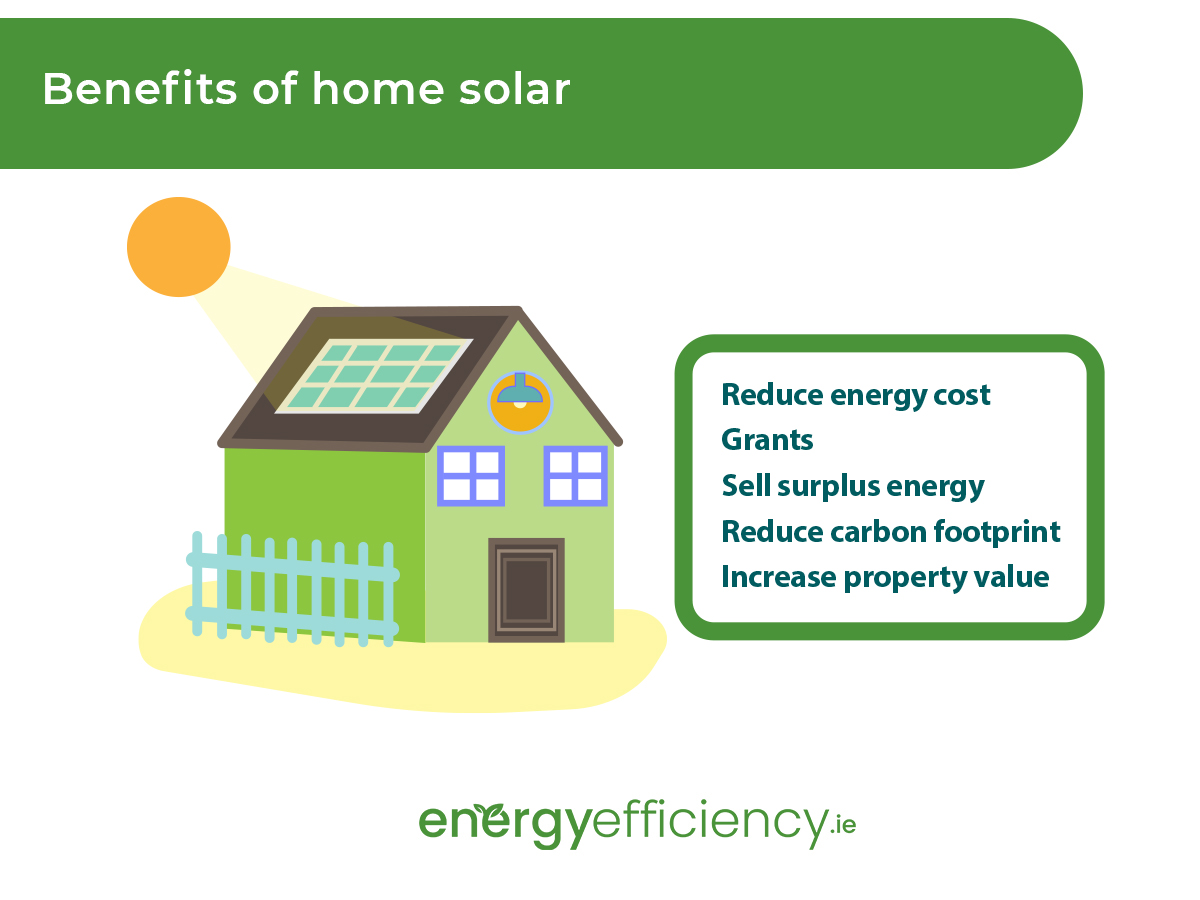
Get a free quote today
Now that you know a thing or two about solar inverters, you might wish to start the ball rolling on your journey towards utilising this renewable energy source today with a quote – 100% free of charge!
